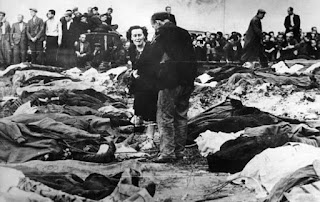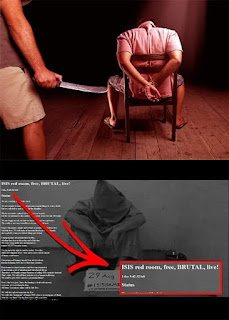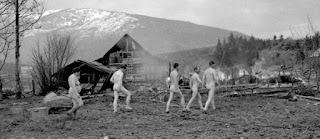In late June 1941, while the German armies were racing east and capturing their targets, the Soviets were racing against time and targeting the captured.
In late June 1941, while the German armies were racing east and capturing their targets, the Soviets were racing against time and targeting the captured.
➡ The moment the Third Reich invaded, as many as 50,000 people were kept in dozens of prisons in the lands the USSR had annexed from Poland. Most were Ukrainians, a quarter Poles, the rest Jews, Lithuanians, Belarussians and other nationalities – the bulk put there for political reasons. The Wehrmacht was advancing fast, and the NKVD had a dilemma.
➡ They couldn’t evacuate these enemies of the people further east because that required time and a thousand railway cars they didn’t have. Their leadership came up with a solution: release ordinary felons and eliminate the political prisoners. The NKVD behaved like a dog in the manger: if they couldn’t have these people, the Germans wouldn’t have them either.
➡ Wherever they were in a big hurry, they threw grenades into crowded cells, stabbed, axed or bludgeoned the inmates. If they had a little time, they took them in batches to prison yards and cut down with machine-gun fire. If they had time to spare, they formed the people into columns and marched them east, usually leaving their bodies in forests, ditches and rivers.
➡ They murdered half of the prisoners – between 20,000 and 30,000 – but each of these deaths multiplied. For once, many German servicemen saw the piles of bodies and hardened, later killing Soviet POWs without hesitation, and secondly, since German propaganda blamed the crime on the Jews in the NKVD, it was Jews who suffered the retaliation.Vilnius and Stanisławów targeted the elites, Ponary claimed the lives of resistance members, while pacifications and executions decimated other groups.
➡ Forty months later, the pattern was reversed: now it was the Germans that were murdering their prisoners, like in Radogoszcz, Lublin or Sonnenburg prisons, racing against time to wipe out as many as possible before the Soviets arrived.
And then came the NKVD to finish what the Gestapo had begun.
Pictured: people of Lov recognizing their relatives among the victims of NKVD prison massacres











Comments
Post a Comment